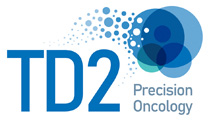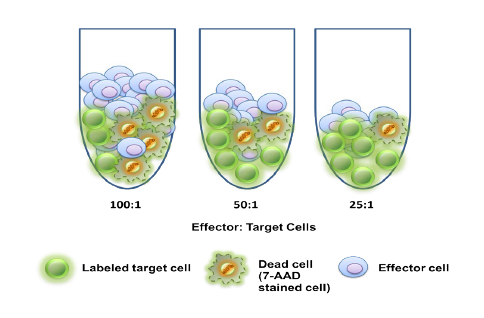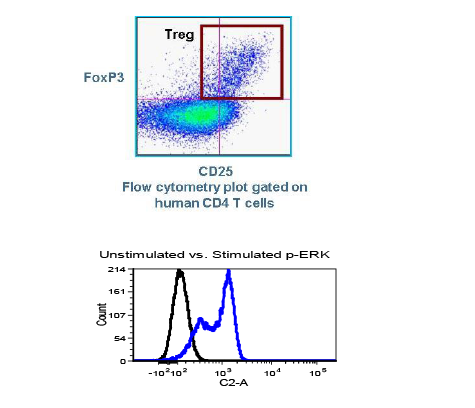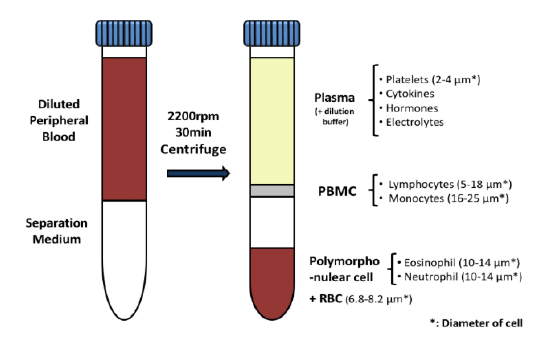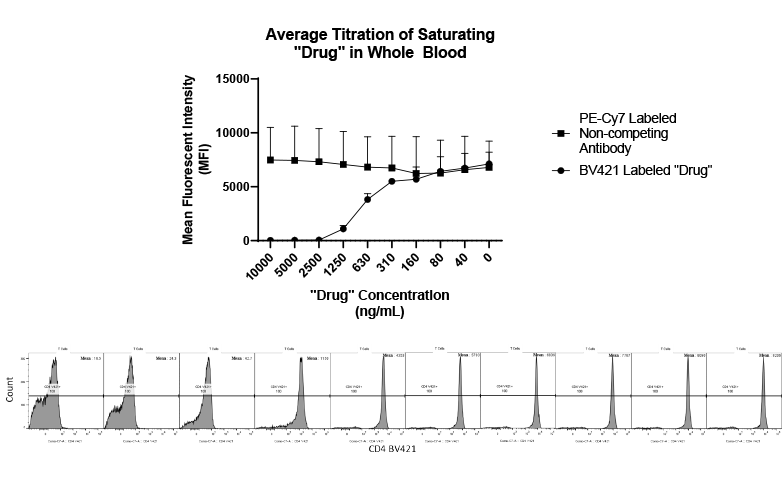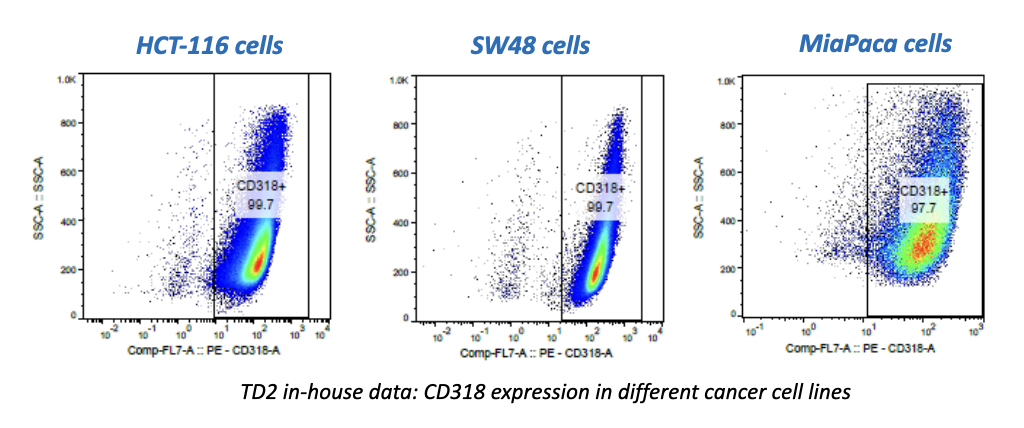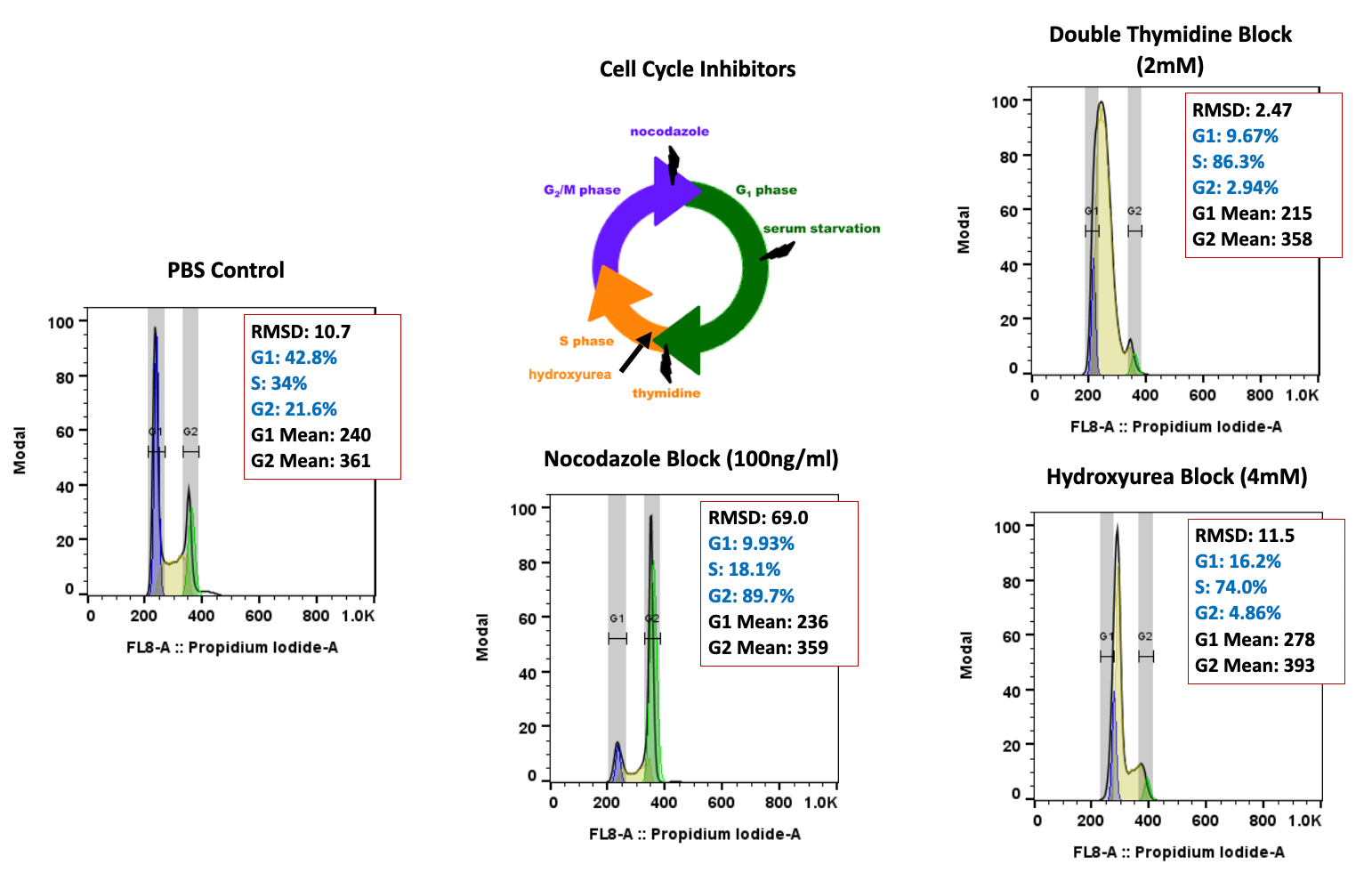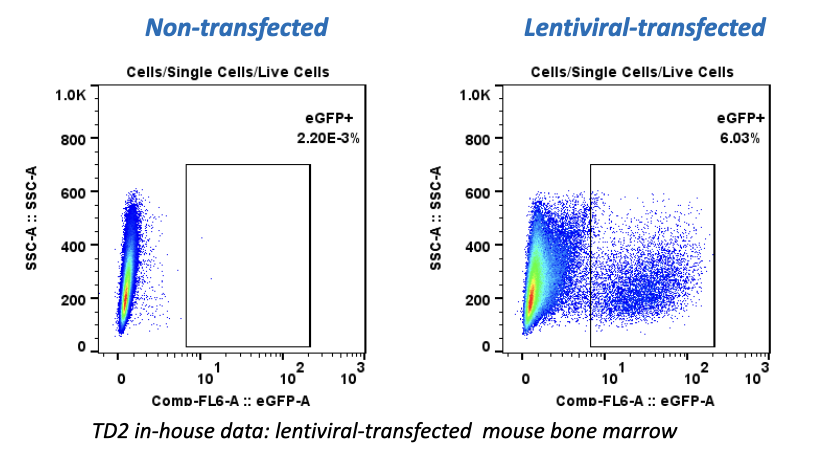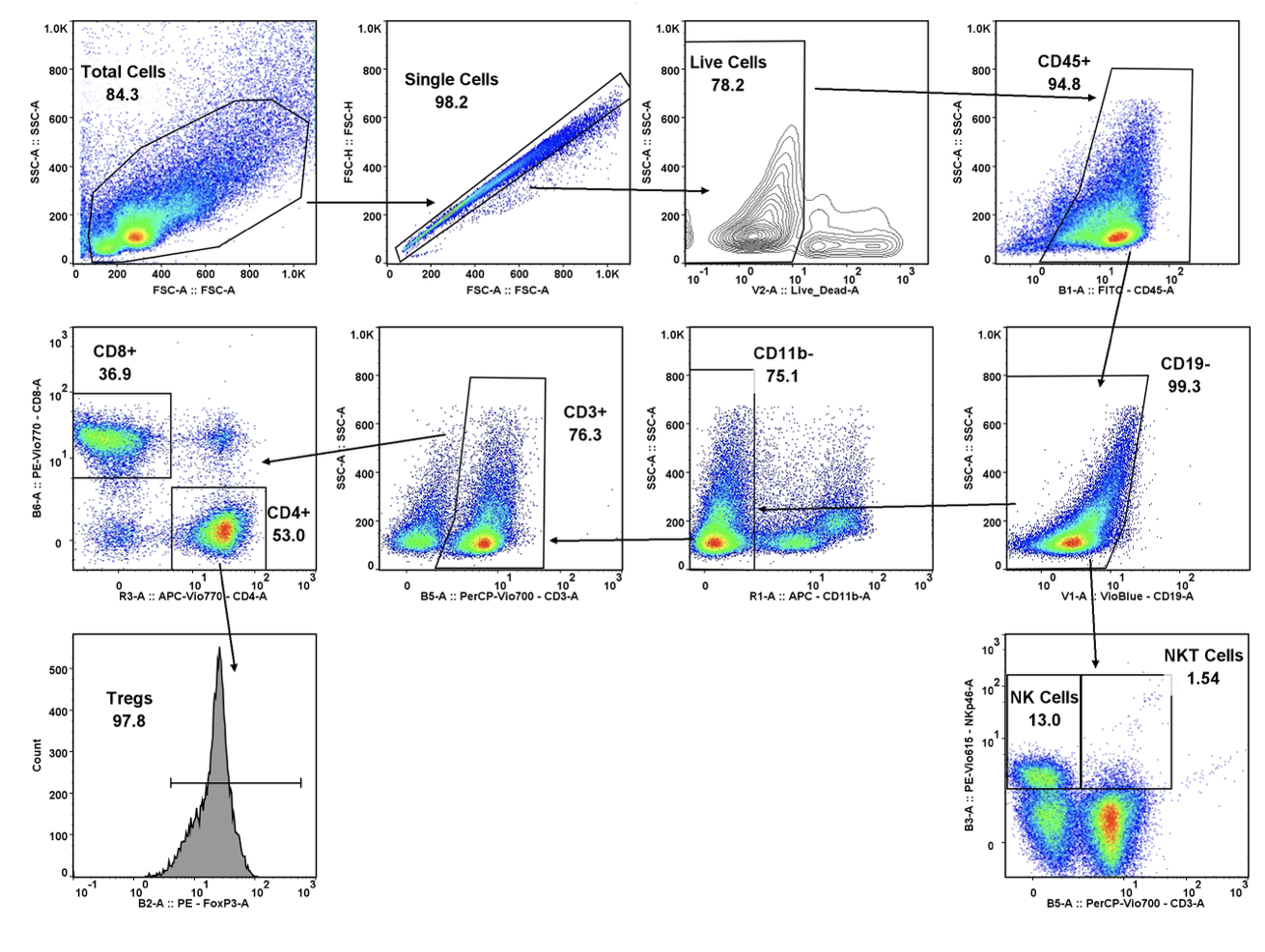The development of a new drug is a long and involved process that requires months, if not years, of lab work and testing. However, if results are promising, the drug company or a sponsor can send a request, formally called an Investigational New Drug application, to the US Food and Drug Administration (FDA), asking permission to test the drug on human subjects. If approved, the drug is officially deemed an investigational new drug, or IND drug, and can begin clinical trials.
For individual investigators, filing an IND can seem intimidating and unnecessary, and be perceived as an impediment to progress. For oncologists and their patients, the delay in releasing a promising new oncology drug following its discovery can be even more frustrating.
However, the delays serve a purpose, and the process is relatively simple. Regulations are in place to protect investigators, providers and patients from the negative ramifications of an unsafe or ineffective drug, and under most circumstances, non-commercial investigators can file and maintain an IND with the FDA with little hassle.
What Is the Purpose of an IND?
The purpose of an IND is twofold: to protect the investigators and to protect the test subjects.
Under current federal law, a drug must be the subject of an approved marketing application before it’s distributed across state lines. For commercial drug companies who have multiple testing sites, this law presents a significant problem. In order to distribute across state lines, these companies require exemption from the legal requirement in the form of an IND.
The second purpose of an IND is to protect test subjects by allowing the FDA to review a drug before human clinical testing begins. An IND accomplishes this by requiring sponsor-investigators to provide the FDA with substantial information about the safety and efficacy of a drug before it can begin clinical testing. The amount of information required for approval often depends on who is seeking the IND and the type of IND sought.
Who Is Involved in the IND Approval Process?
Three parties are generally involved in the approval process: the FDA, sponsors and investigators and an institutional review board (IRB).
The FDA, as an agency in the US department of Health and Human Services, has the responsibility of ensuring the safety, efficacy and security of human and veterinary drugs, and is responsible for monitoring advances in medications. They are the agency to which the other two parties report.
Sponsors and investigators are the parties who take responsibility for the study itself. Sponsors are those who initiate a clinical investigation and take responsibility for the conduct of the study. A sponsor can be an individual, a commercial entity, an organization or a governmental agency, and may run multicenter organizations across state borders or solitary labs. The investigator, on the other hand, is the individual who actively conducts the clinical investigation, often working for the sponsor. The FDA can remove either of these people from a trial if they repeatedly or deliberately fail in their duties.
In some cases, the sponsor and the investigator may be the same person, called a sponsor-investigator. This person initiates, conducts and takes responsibility for the trial as well as the dispensing of the drug to trial participants. These sponsor-investigators commonly head small research operations, usually studying novel applications of existing drugs, rather than developing new drugs. For the sake of simplicity, sponsors, investigators and sponsor-investigators are referred to generally as “sponsor-investigators” from here forward, unless explicitly specified.
Finally, sponsor-investigators must seek approval from an institutional review board (IRB). An IRB is a group formally designated to review and monitor research involving human subjects. FDA regulations give IRBs the authority to approve, require modifications to, or disapprove research. In order to earn approval from the FDA, all studies must first be approved by an IRB.
What Types of INDs Are There?
To better categorize and process IND applications, the FDA has split IND applications into several categories and types according to their purpose. The two IND categories are:
- Commercial: The FDA categorizes IND applications as “commercial” if the sponsor is a corporate entity, if the sponsor is one of the National Institutes of Health, or if it’s obvious the drug may eventually be commercialized. These INDs are typically assigned to studies involving the development of a new drug.
- Research (Non-Commercial): If the IND is submitted by a non-corporate sponsor-investigator who is un-affiliated with the NIH, or if the drug is being tested without the intention for commercialization, the FDA may categorize it as a “research” IND. These INDs are typically awarded to studies involving novel uses for existing drugs.
Within these two categories, INDs are further split into types. There are four types of INDs, which include:
- Investigator IND: This is a type of research IND submitted by an investigator. This investigator initiates and conducts the study, including the immediate supervision of the use of the study drug. This is typical of a study run by an individual sponsor-investigator.
- Emergency Use IND: This type of IND is a way for the FDA to authorize the use of an experimental drug in emergency situations that do not allow time for filing an IND. A widespread public health emergency would typically warrant the approval of such an IND.
- Treatment IND: This IND type allows patients in life-threatening situations to access promising experimental drugs that are still in early testing stages. This is often applied to new oncology drugs.
- Exploratory IND: This type of IND is applied to drugs in their early phase 1 studies. These studies typically involve limited human exposure to a drug without therapeutic intent. This is an important preliminary step for determining proper dosing procedure as the testing moves forward.
Determining which type of IND to apply for usually helps sponsor-investigators determine what information they need to apply with and what forms to fill out. If any doubts arise as to the category or type of IND a study falls into, the sponsor-investigator should contact the appropriate FDA office.
When Is a Study Exempt From the IND Requirement?
An IND is required when the use, safety and efficacy of a drug must be established. However, not all drugs require an IND. Certain studies involving currently marketed drugs and placebos are exempt from the IND requirement, and the FDA has made allowances to aid the development of new oncology drugs.
Only the FDA can decide whether a drug fits these criteria closely enough to be exempt from the IND requirement. Upon reception of an application, FDA staff will perform a cursory review of the application to determine whether the study is exempt. If this review finds the study exempt from the IND requirement, the FDA finishes the review and notifies the sponsor of the exemption.
Circumstances in which studies are exempt from the IND requirement include the following:
The Studied Drug Is Currently Legally Marketed in the US
Clinical trials involving a lawfully marketed drug are exempt from the IND requirement only if the following criteria apply:
- The study drug is lawfully marketed in the United States.
- The study isn’t intended to support a new indication, use or change in the drug’s labeling.
- The study isn’t intended to support a change in the drug’s advertising.
- The study doesn’t intend to change the route of administration, dosage level, patient population or other factors that can increase risk to the patient.
- The study complies with IRB evaluation and informed consent requirements.
- The study sponsor-investigator doesn’t promote the drug as safe and effective for the purposes they are investigating.
The primary criteria used to determine exemption is the fourth item above: whether a study intends to change the route of administration, dosage level, patient population or any factor that increases usage risks. In some cases, studies can meet this requirement with the presence of significant amounts of literature supporting the safety and efficacy of the use in question.
The Studied Drug Is an In Vitro Product
Clinical trials involving an in vitro biological product is exempt from the IND requirement only if the following criteria apply:
- The product involves a blood grouping serum, reagent red blood cells or anti-human globulin.
- The product is intended to be used in a diagnostic procedure.
- The product is properly shipped according to FDA regulations.
The Study Involves a Placebo
Clinical trials involving placebos are exempt from the IND requirement if the trial doesn’t involve a new drug.
The Study Concerns Bioavailability or Bioequivalence
Some studies compare approved drugs with their unapproved counterparts, also known as bioavailability (BA) or bioequivalence (BE) studies. If the following criteria are met, the study is exempt from the IND requirement:
- The study drug doesn’t contain a new chemical entity, isn’t radioactive and isn’t cytotoxic.
- The study drug is applied at a dose that doesn’t exceed the recommended dosage of the approved version of the drug.
- The study is reviewed by an IRB.
- The study follows requirements for informed consent and retention of test article samples.
The Study Is for Cancer Treatment Applications
Oncology drug development may also be exempt from the IND requirement under certain circumstances. If a drug is currently legally marketed within the United States and is discovered to be an effective cancer treatment, the sponsor-investigator may be able to continue the study without submitting an IND.
What Should Be Done Before Filing an IND?
Before filing for an IND, a number of tests and meetings need to take place to establish the safety and efficacy of the drug, the validity of the testing process and initiate a relationship between the sponsor-investigator and the FDA.
For both commercial IND and research IND applications, the sponsor-investigator must provide information to the FDA to establish the safety of the study’s participants. This information typically includes animal pharmacology and toxicology studies, manufacturing information, clinical protocols and investigator information. For research IND applications, the requirements are somewhat less strict, requiring less extensive information than that required of commercial IND applications.
Once initial research is concluded, but before the submission of an IND, researchers must run their proposal by an IRB. IRB approval must be obtained before the FDA will grant an IND, and is a crucial step before applying.
The sponsor-investigator should also contact an FDA representative to discuss any potential problems or additional requirements. Contacting the FDA is more crucial for commercial sponsor-investigators than for research sponsor-investigators, but is recommended for both to open lines of communication. Less experienced sponsor-investigators especially should contact their FDA representative in order to clarify the IND application process.
How Do You File an IND Application?
An IND Application consists of the following components:
- IND Cover Letter: This letter should include identification and contact information for the sponsor-investigator along with a clear indication that this is an initial IND submission.
- Investigational New Drug Application — Form 1571: This form provides the structure used to present information about the research.
- Statement of the Investigator — Form 1572: This form requests information regarding the investigator’s qualifications and contact information.
- Certification Form 3674: This form certifies a certain level of public access to the results. This should only be submitted with a new IND or with protocol amendments to an existing IND.
In addition to the original, submit two copies of the IND application to the FDA, and keep a copy for your records.
What Happens After Submitting an IND?
After submission, the FDA routes new IND applications to the appropriate division. Upon receipt, the FDA sends a letter of acknowledgement to the sponsor-investigator, providing an assigned IND number, the date the FDA received the application and the contact information of the FDA project manager assigned to the trial.
Three things can happen after an IND application is received by the FDA:
- Accepted: If an application is accepted, the FDA will not notify the sponsor-investigator. If, after 30 days, the FDA doesn’t send notification otherwise, the IND takes effect and the trial can move forward as planned.
- Questioned: In many cases, the FDA may request further information. This doesn’t affect the 30-day window unless the FDA indicates otherwise by issuing a hold.
- Put on Hold: It’s possible for a study to be placed on a complete or partial clinical hold. The FDA will notify the sponsor-investigator if this happens, usually with a letter accompanied by a phone call from the assigned project manager. A partial hold will allow part of the study to move forward, but a complete clinical hold halts the entire study until the FDA and the sponsor-investigator resolve the matter.
What Happens If an IND Study Is Placed on Clinical Hold?
When a clinical hold is placed on a study, the FDA will contact the sponsor and/or investigator to notify them of the hold. Generally, the hold is maintained until the sponsor-investigator resolves certain questions or concerns the FDA has about the trial. These questions are typically directed to the investigator or sponsor-investigator instead of the sponsor, as they often pertain to the experimental aspects of the trial. They are either conveyed by letter or by phone call, but should be responded to with a physical letter, containing a cover letter, Form 1571 and detailed response, itemizing and answering each concern.
After receipt of this response, the FDA may respond in one of three ways: they may lift the hold, place the study on partial hold or continue the hold, pending the resolution of further questions. The FDA should reply within 30 days. Until the FDA explicitly removes the hold, the study cannot proceed.
How Do You Maintain an IND?
Once an IND has gone into effect, the investigator of the drug is responsible for maintenance of the IND. This maintenance includes regular paperwork and reports to the FDA to keep them updated on the status of the trials, any progress or change in protocol and any safety reports.
In order to maintain an IND, investigators are responsible for the following:
- Protocol Amendments: If new protocols, significant changes to the existing protocols or new investigators are introduced, a protocol amendment must be filed with the FDA. Significant changes to protocol may include changes in protocol design, drug dosage, duration of exposure, number of subjects or the addition or removal of any tests or procedures.
- Information Amendments: Any discoveries concerning the drug’s toxicology or chemistry or any technical developments must be addressed in information amendments to the FDA.
- IND Safety Reports: The sponsor-investigator should immediately report any serious and unexpected adverse experiences associated with the use of the drug, or any findings from preclinical tests suggesting significant risk to human subjects. The MedWatch 2500A Form, along with an IND Safety Report cover letter, should be completed and submitted to the FDA within 15 calendar days of the incident. In the case of fatal or life-threatening experiences, a call must be made to the FDA within seven calendar days of the incident, followed by a written report within eight days, and follow-up reports as soon as additional information is available.
- Annual Reports: Annual updates should be submitted within 60 days of the IND’s anniversary date.
All IND maintenance documents must be sent to the study’s FDA Project Manager, along with a cover letter and Form 1571 in order to specify what updated information is included in the packet.
What Can Happen to an IND?
An IND may result in one of four options:
- Progress the Study: If the study is successful, the sponsor-investigator will wish to move the development process into the next stage. After two large, controlled clinical trials are completed, they can file a marketing application, which tells the FDA that the drug is ready to be formally reviewed. This transitions the study into the fourth stage of the drug development process.
- Withdraw the Study: A sponsor can withdraw an IND at any time, as long as they notify the FDA and all involved investigators. Upon withdrawal, all drug stocks must be accounted for and any safety reasons for the withdrawal should be reported. If the withdrawal is for a safety reason, an IRB should also be notified.
- Terminate the Study: An IND may also be terminated by the FDA. Usually, this is done in cooperation with the sponsor, but can also be done solely by the authority of the FDA. The sponsor can appeal the termination decision, but must do so within a very limited time frame.
- Inactivate the Study: If a study fails to submit annual reports or answer FDA inquiries, it may be deemed inactive. This status can be placed by the sponsor or the FDA, and can also be appealed. If, after five years, the IND remains inactive, it can be terminated.
If the IND application process is handled properly, the testing of a new drug doesn’t have to involve a fight with the FDA. Following procedure and establishing and maintaining contact with the FDA is all that is necessary for any sponsor-investigator to successfully file and maintain an IND.
Is your lab seeking help in developing a new oncology drug? Contact TD2 today to speak with a representative about how we can help you through the drug development and approval process.
